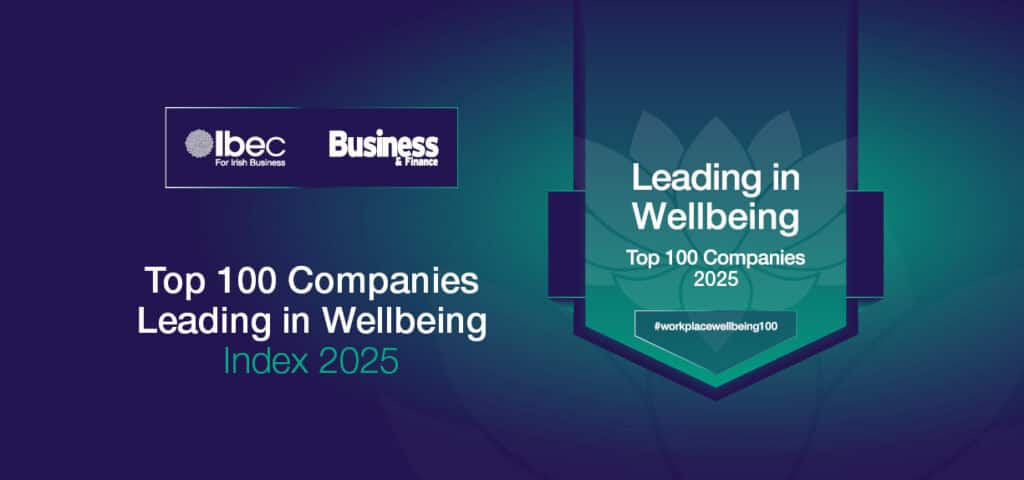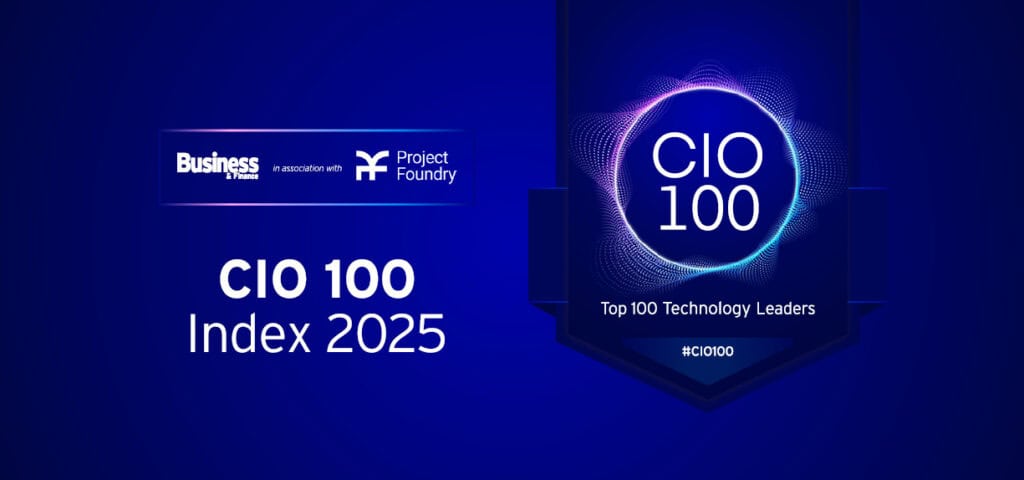Real-time monitoring and retrospective analysis gives business vast opportunities to engage with customers, writes media analyst and founder of Olytico, Stephen O’Leary.
When the decision was taken in November 2009 to set up O’Leary Analytics, it was in response to a gap in the market. While there were hundreds of online media monitoring tools, and software solutions, there was no comprehensive analysis service available. Having spoken to a various companies, it was clear the demand existed, and so I established O’Leary Analytics.
Responding to demand
However, within three months, having pitched to dozens of potential clients in Ireland, it became evident demand was shifting.
Analysing news media online —the area we covered — remained of interest to clients, but their focus was moving towards social media. Brands were becoming more comfortable with having a presence on Facebook, Twitter was getting ever more popular, and companies were starting to recognise they needed to be listening to what was being said on these platforms too.
In response, we invested in social media monitoring software. Today, social media analysis accounts for 80% of the work we do. Our second full-time employee started in late 2011, and our third in 2012.
This summer we have grown to a staff of four, and this is expected increase further by the end of 2013.
For the first year of the business, clients were always dealing with the O’Leary in O’Leary Analytics — I was the only employee. In lots of ways, instead of being seen as O’Leary Analytics, the business was seen as Stephen O’Leary Analytics.
As we grew, it was important that this perception changed, and so the decision was taken to rebrand. In June 2013, we became Olytico. Another consideration was our growing international client base. It became clear we needed a shorter name, which was easier to pronounce, and the feedback to Olytico was very positive.
Embracing technology
One of the biggest changes we’ve seen in the last number of years is how traditional industry is embracing technology, particularly social media.
The majority of our clients do not operate in the tech industry, but have recognised the importance of tracking and analysing what is being said about their brand online. Nowhere is this more evident than in the area of customer service. Five years ago, if a customer had a complaint or problem, they picked up the phone, dropped an email, or possibly wrote a letter. Today, they are far more likely to post it on Facebook, tweet about it, or discuss it publicly on a message board or forum.
Many traditional industries — utilities, financial institutions, State agencies — are increasing their presence online, responding to problems as they occur, in a public manner. They recognise that engaging with their customers has multiple benefits. It allows them to deal with problems as they happen, and quickly address issues before they spread. It shows they care about the concerns of their customers. They realise that it’s not about having all of the answers. People who complain online know not every problem can be solved, but they do want to be heard.
An often-overlooked benefit of the engagement taking place between customers and their clients on public forums is the FAQ-style trail it leaves for others to find. Increasingly, if you Google a company name and a problem you are having, the top results come from social media sites where the problem has been raised. If a customer finds the problem, but no answer, they may follow another route to get the answer, such as contacting a call-center or emailing the company directly. But for those companies that engage with the complaints online, customers can see both the problem, and the solution provided, and it can often stop them from going any further. Olytico provides clients with both real-time monitoring and retrospective analysis, which gives them the opportunity to engage with their customers.
Future endeavour
Looking towards the next 18 months, expect to see a major increase in two specific areas of social media data — ‘location’ and ‘real-time’.
While location data in social media is nothing new — 3.5 billion check-ins on Foursquare and counting — companies are still getting a handle on how best to use it.
As major brands and organisations become comfortable with monitoring and measuring what is being said about them on social networks, the natural progression has been to look at their competitors and their industry. With the volume of data increasing, greater emphasis is being placed on geographically specific content — conversations happening in a particular country, or city. As the sophistication and capability of third party software improves, companies will focus on hyper-targeted data — especially in terms of location.
Customers continue to inform and make decisions based on the advice of their communities online. These decisions include everything from where to go for a meal, who to hire to do their accounts, to the type of holiday that’s best for a young family. These purchasing decisions — from the smallest to the biggest — are often now made after asking the opinion of those whom we trust online.
Companies who identify these conversations — and put themselves ‘in the right place at the right time’ — have the potential to make massive gains.
Stephen O’Leary is a media analyst and founder of Olytico, a social media monitoring and analysis company.







